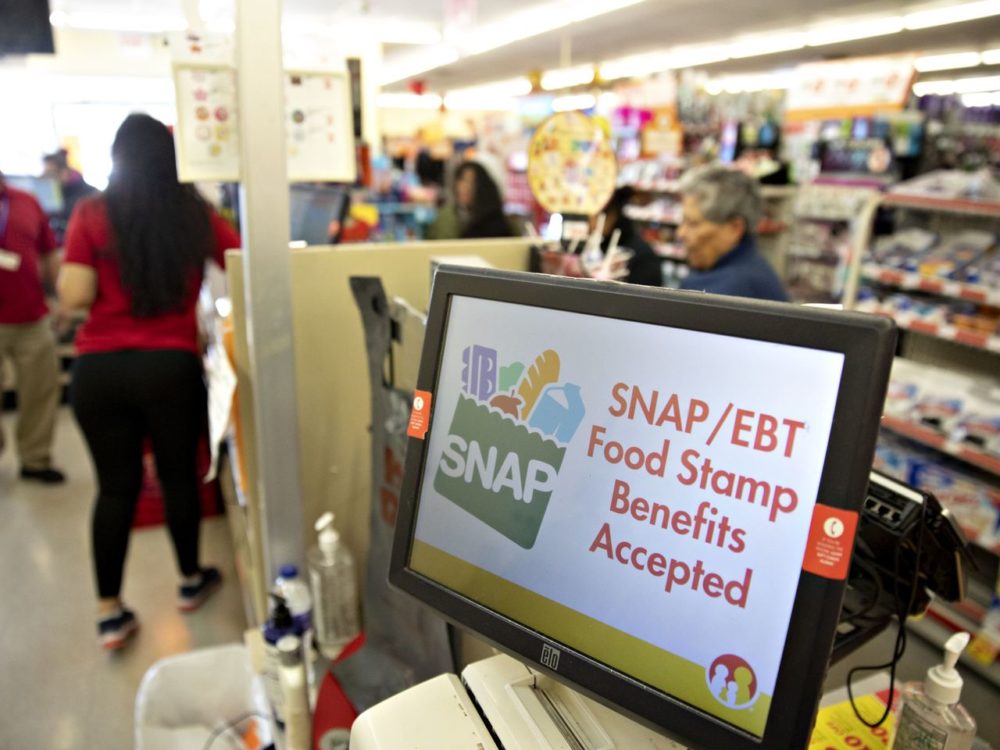Originally published in the South Seattle Emerald

Starting Oct. 1, households that rely on SNAP, also known as food stamps, will see a welcome increase in their grocery budget of about $36 per person per month. Currently, the maximum monthly benefit for a family of four is just $680 per month. About 950,000 people in Washington — 1 out of every 8 residents — receive SNAP to cover their basic food expenses.
Unfortunately, SNAP benefits haven’t kept pace with actual food costs for a long time. We’ve seen growing food insecurity for several years as housing prices, health care, and other basic expenses also continue to rise much faster than family incomes, forcing people to make tough choices about how to pay all the bills. The pandemic and economic disruptions of the past 18 months have only exacerbated the problem and deepened racial and gender income disparities. Despite rosy reports of a growing economy and rebounding jobs this summer, 18% of Black Washington households and 11% of Latino households reported not having enough food to eat the last week of July – compared to just 4% of White households. Altogether, 35% of Washington SNAP recipients reported not having enough food.
The upcoming SNAP increase announced by the U.S. Department of Agriculture (USDA) is the largest in the nearly 50-year history of the program. Most years, the monthly food allotments go up based on inflation. This year, the USDA established a modernized hypothetical nutritious grocery cart for a thrifty shopper based on updated nutritional guidelines and more realistic food choices. They looked at actual retail grocery data to calculate prices and boosted daily caloric assumptions based on the average weight of adults and activity levels recommended for children. One of the costlier changes was adding more fish to the weekly diet. Those adjustments all resulted in a $145 monthly increase in the cost of a “Thrifty Food Plan” for a family of four.
The benefits of better food security for our neighbors extend to all of us. Kids do better in school when they’re not going hungry and have wider options for their future. People of all ages are healthier and more resilient, saving costs to our whole health care system. And all those SNAP benefits get spent in local grocery stores and farmers’ markets, helping main street and family businesses and adding over $200 million each month to Washington’s economy.
This permanent increase in food benefits comes at an especially good time, since the temporary supplements to SNAP authorized by Congress in response to the pandemic expire at the end of September.
Congress first authorized the modernization of food guidelines for SNAP back in 2018. Then early in his administration, President Biden ordered the USDA to move forward with revising the Thrifty Food Plan to reflect the true cost of a healthy diet.
In Washington State, people can apply for SNAP and other food benefits through the Basic Food program operated by the Washington Department of Social and Health Services. People with household incomes below 200% of the federal poverty level who are citizens or immigrants with legally documented status are generally eligible. Benefits vary by family size and income. Once approved, recipients receive a card that is automatically loaded each month and can be used for grocery purchases.
More To Read
September 24, 2024
Oregon and Washington: Different Tax Codes and Very Different Ballot Fights about Taxes this November
Structural differences in Oregon and Washington’s tax codes create the backdrop for very different conversations about taxes and fairness this fall
September 6, 2024
Tax loopholes for big tech are costing Washington families
Subsidies for big corporations in our tax code come at a cost for college students and their families
July 19, 2024
What do Washingtonians really think about taxes?
Most people understand that the rich need to pay their share
